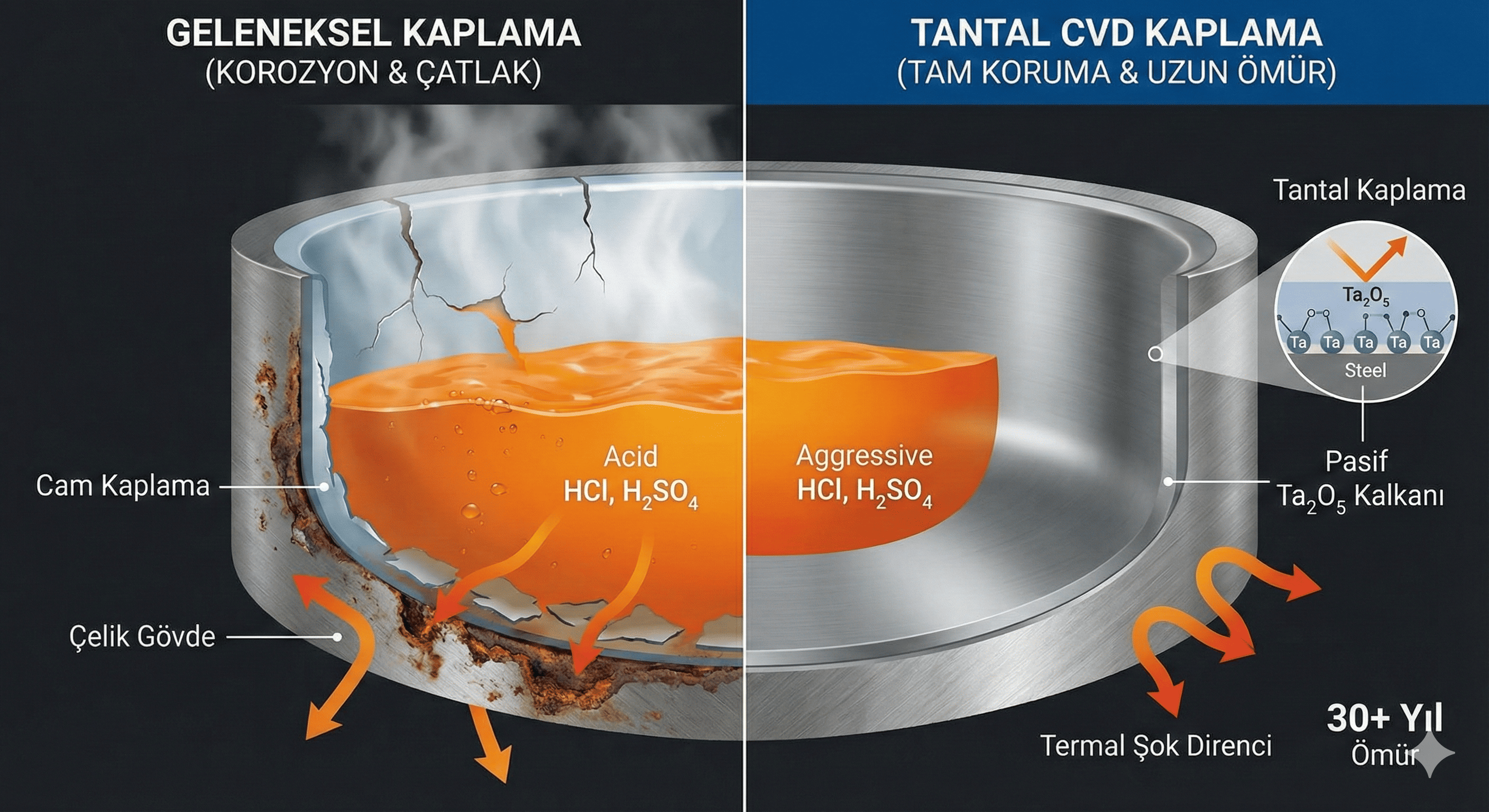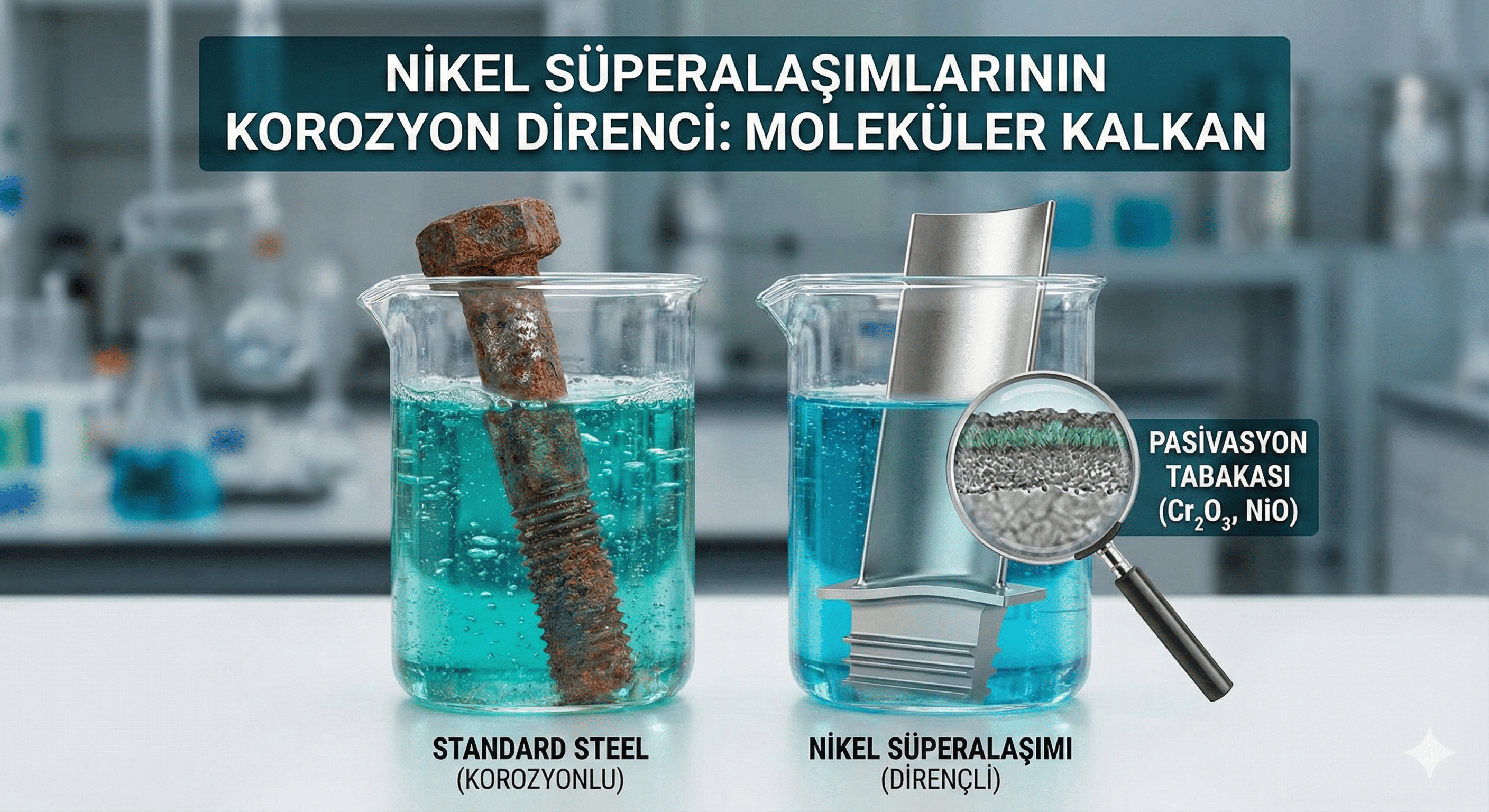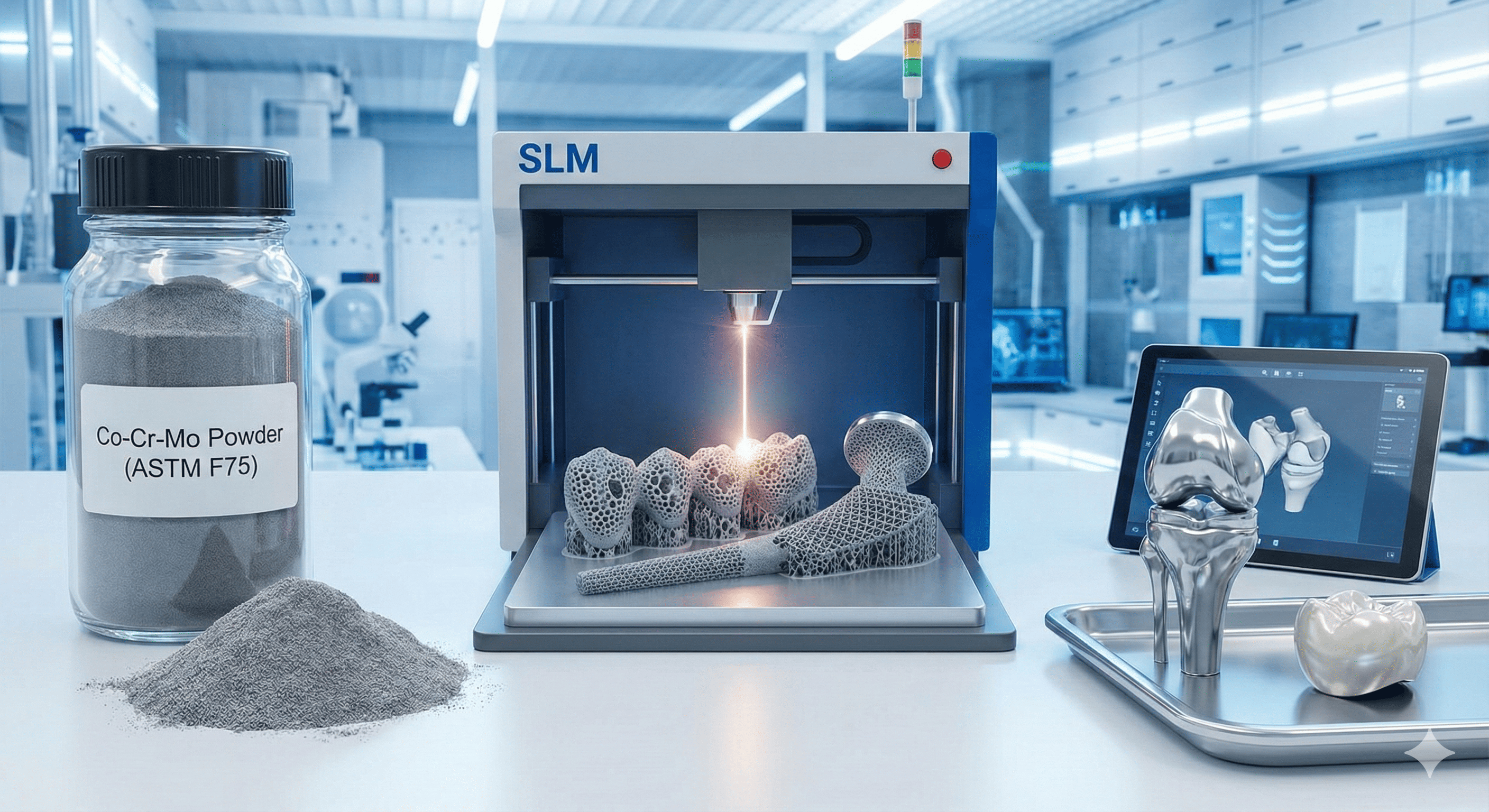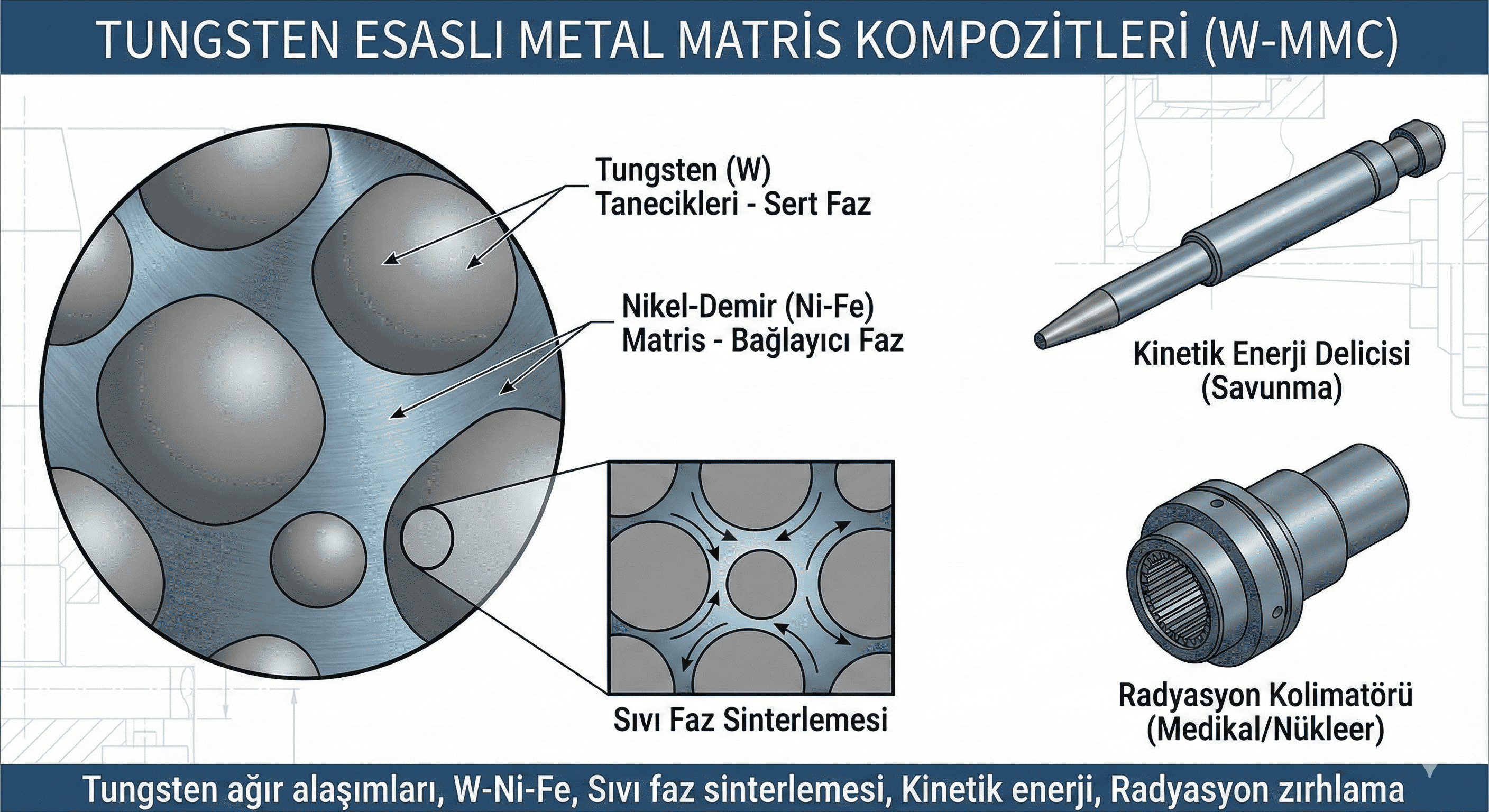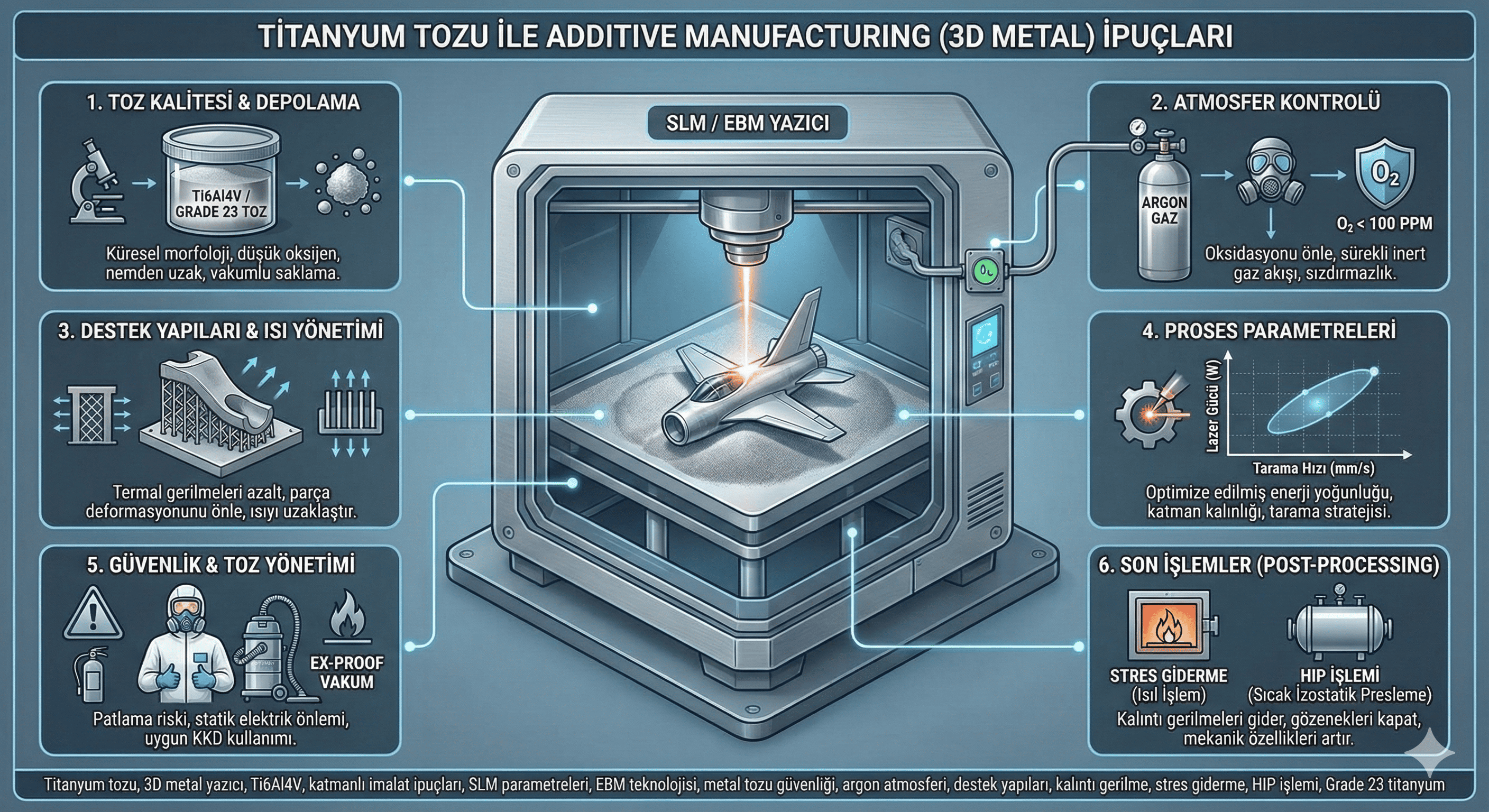Title: Rubidium Carbonate: Properties, Synthesis, and Applications
Abstract:
Rubidium carbonate (Rb²CO³) is an important rubidium compound with a variety of applications in chemistry and industry. This article provides an overview of rubidium carbonate, including its synthesis methods, physical and chemical properties, and diverse uses. Emphasis is placed on its role in scientific research, materials science, and specialty applications.
1. Introduction:
Rubidium carbonate is a white, crystalline salt that is highly soluble in water. As a rubidium compound, it is utilized in various chemical processes and scientific applications. Its unique properties and reactivity make it valuable in both research and industrial contexts.
2. Synthesis Methods:
- Direct Reaction: Rubidium carbonate is typically synthesized by reacting rubidium hydroxide (RbOH) or rubidium carbonate with carbon dioxide (CO²). The reaction can be represented as follows:2RbOH+CO2→Rb2CO3+H2O\text{2RbOH} + \text{CO}_2 \rightarrow \text{Rb}_2\text{CO}_3 + \text{H}_2\text{O}2RbOH+CO2?→Rb2?CO3?+H2?Oor
Rb2CO3 can also be obtained by thermal decomposition of rubidium bicarbonate (RbHCO3):2RbHCO3→Rb2CO3+CO2+H2O\text{Rb}_2\text{CO}_3 \text{ can also be obtained by thermal decomposition of rubidium bicarbonate (RbHCO}_3 \text{):} \text{2RbHCO}_3 \rightarrow \text{Rb}_2\text{CO}_3 + \text{CO}_2 + \text{H}_2\text{O}Rb2?CO3? can also be obtained by thermal decomposition of rubidium bicarbonate (RbHCO3?):2RbHCO3?→Rb2?CO3?+CO2?+H2?O
- Precipitation: Rubidium carbonate can be prepared by precipitating it from a solution containing rubidium salts. By adding a carbonate source, such as sodium carbonate (Na²CO³), to the rubidium solution, rubidium carbonate precipitates out, which can then be filtered and dried.
- Evaporation: In some cases, rubidium carbonate is obtained by evaporating solutions of rubidium salts in the presence of carbon dioxide. This method is used to crystallize and purify the compound.
3. Properties:
- Physical Properties: Rubidium carbonate is a white, odorless crystalline solid. It has a high solubility in water, forming a clear, colorless solution. The compound has a melting point of approximately 825°C (1517°F).
- Chemical Properties: Rubidium carbonate is a basic salt that reacts with acids to form rubidium salts and carbon dioxide. It can also interact with other compounds to form rubidium-based materials. The compound is hygroscopic, meaning it can absorb moisture from the air.
- Solubility: It is highly soluble in water, which is a significant property for its use in aqueous solutions. The solubility facilitates its use in various chemical processes and applications.
- Reactivity: Rubidium carbonate reacts with acids to produce carbon dioxide and rubidium salts:Rb2CO3+2HCl→2RbCl+H2O+CO2\text{Rb}_2\text{CO}_3 + 2\text{HCl} \rightarrow 2\text{RbCl} + \text{H}_2\text{O} + \text{CO}_2Rb2?CO3?+2HCl→2RbCl+H2?O+CO2?
4. Applications:
- Scientific Research: Rubidium carbonate is used in laboratory settings for the synthesis of other rubidium compounds and as a reagent in various chemical experiments. It is employed in studies related to rubidium chemistry and materials science.
- Materials Science: The compound is used in the production of rubidium-containing materials, such as glasses and ceramics. It can modify the properties of these materials, including their optical and electrical characteristics.
- Electronics: In electronics, rubidium carbonate is utilized in the manufacture of certain electronic components, including rubidium-based crystals and sensors. It contributes to the performance and stability of these components.
- Catalysis: Rubidium carbonate is used as a catalyst or catalyst support in specific chemical reactions. Its basic properties can facilitate various catalytic processes.
- Specialty Applications: The compound finds use in specialized applications, including research in atomic physics and spectroscopy. Rubidium carbonate is sometimes used in the production of rubidium salts for various industrial processes.
5. Safety and Handling:
- Safety Precautions: Rubidium carbonate should be handled with care, as it can cause irritation to the eyes, skin, and respiratory tract. Protective equipment such as gloves and safety goggles should be used when handling the compound. It should be stored in a dry, well-ventilated area to prevent moisture absorption and contamination.
- Environmental Impact: Disposal of rubidium carbonate should be managed according to local regulations. The compound should be handled to avoid environmental contamination, and any waste should be disposed of following appropriate safety protocols.
6. Challenges and Future Directions:
Challenges associated with rubidium carbonate include its cost and availability, as rubidium is a relatively rare element. Future research may focus on developing more efficient synthesis methods, exploring new applications, and improving the sustainability of rubidium-based materials. Additionally, there is ongoing work to enhance the understanding of its properties and expand its use in advanced technologies.
7. Conclusion:
Rubidium carbonate is a valuable compound with a range of applications in scientific research, materials science, electronics, and specialty fields. Its unique properties and reactivity make it important for various chemical processes and applications. Continued research and development will further enhance the utilization of rubidium carbonate and address existing challenges.
This article provides a comprehensive overview of Rubidium Carbonate, including its synthesis, properties, and applications. If you need further details or additional sections, feel free to ask!

